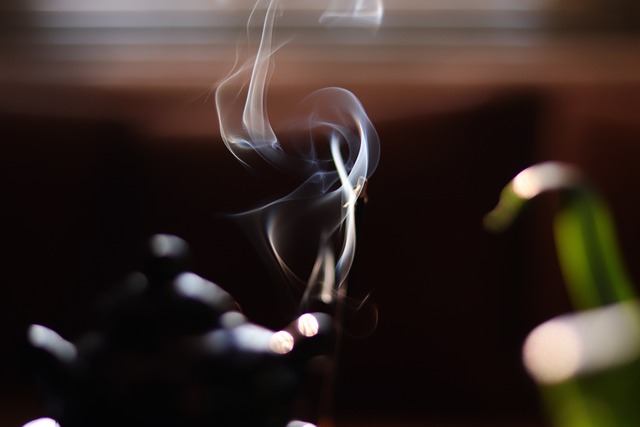The Caribbean nation of Haiti has a rich and diverse culture, with a unique blend of African and European influences. This is particularly evident in the religion of Voodoo, which has been practiced in Haiti since the 18th century. Voodoo is a syncretic religion, meaning it combines elements of several different belief systems. One of the most important aspects of Voodoo is its use of music and dance in rituals, which serves to connect the practitioner with the spirits and deities.
Music and Dance in Voodoo Rituals
The use of music in Voodoo is an integral part of the ritual process, as it is believed that the drumbeat and songs help to summon the spirits and deities. The rhythms of the drums also help to induce a trance-like state, which allows the practitioner to commune with the spirits. In addition to drums, other instruments such as flutes, rattles, and bells are used to create a spiritual atmosphere.
In addition to music, dance is also an important part of Voodoo rituals. Dancers move in circles, following the rhythms of the drums, with movements that often imitate those of the spirits being summoned. The dancers are believed to act as physical conduits for the spirits, allowing them to connect with the human world.
The Spirits in Voodoo Rituals
In Voodoo, it is believed that the spirits and deities can be summoned and communicated with through the use of music and dance. There are numerous spirits in Voodoo, each with their own purpose and power. The most important spirit is the lwa, or loa, a powerful spirit that is used to connect the practitioner with the divine. Other important spirits include the ancestors, who are believed to act as protectors and guides, and the zombi, or undead spirits, which are believed to be servants of the lwa.
The Role of the Priest
In Voodoo rituals, the priest, or houngan, is the leader and is responsible for summoning the spirits and leading the ritual. The priest is believed to have a special connection to the spirits, and is able to interpret their messages and make offerings to them. The houngan is also responsible for guiding the participants through the trance-like state induced by the music and dancing.
Conclusion
The use of music and dance in Haitian Voodoo rituals is an important part of the religion, as it is believed to help connect practitioners with the spirits and deities. Music and dance are used to induce a trance-like state, allowing the priest to communicate with the spirits and interpret their messages. This is a powerful and transformative experience, and one that has been practiced in Haiti for centuries.

